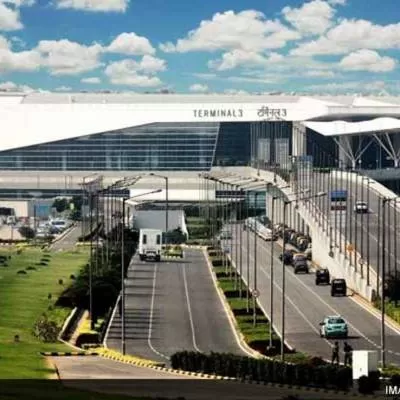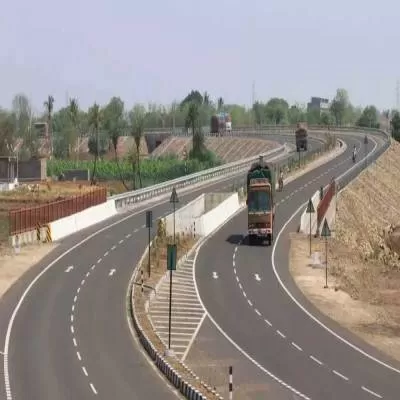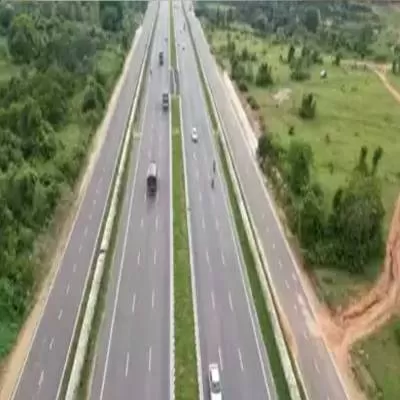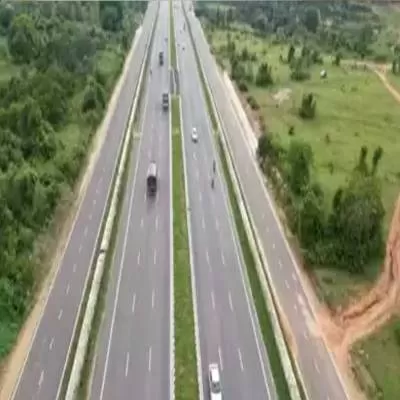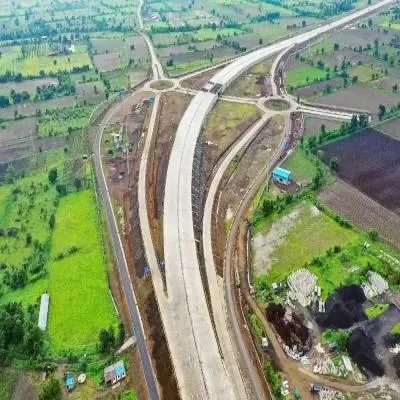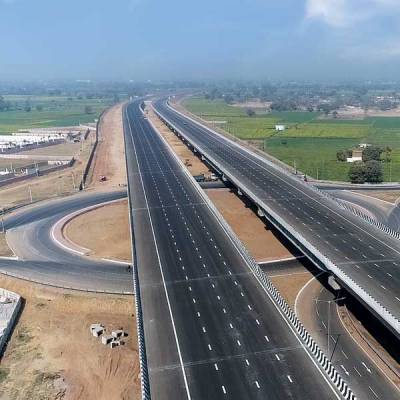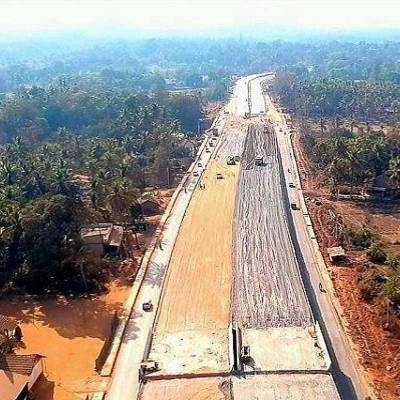- Home
- Infrastructure Transport
- ROADS & HIGHWAYS
- Can NHAI fuel 40 km per day for roads?
Can NHAI fuel 40 km per day for roads?
In a year that witnessed the country’s leading infrastructure company, IL&FS, default payments to lenders, triggering panic in the market, the roads sector continued to make the headlines.With a 10,000 km target set aside for the construction of National Highways in FY2018-19, this sector spurs maximum construction opportunities for contracting companies. And reports indicate that 6,715 km has been achieved as on December 31, 2018. According to Asheesh Sharma, Member-Finance, National Highways Authority of India (NHAI), “This year, the amount of construction we do will be the highest.” However, NHAI’s most popular HAM projects witnessed a bit of a financial jam in September 2018. Tying up the necessary funding for HAM projects took slower than the stipulated 150 days; reports then indicated that only 21 of the 64 awarded HAM projects in FY2018 achieved financial closure (FC). Players with poorer balance sheets, lower credit ratings and shorter track records faced issues, and the problem of land acquisition only added to the delays. “This year, our focus has been on the FC of HAM projects,” says Sharma. “Plus, we now ensure we award projects only when 80 per cent of the land is in our possession. So even if the award date gets shifted, at least the land is there. That has been a major change this year.”Industry rumours reveal that this challenge led to NHAI awarding projects primarily on the EPC route. But even in EPC projects, developers are finding it difficult to procure performance and mobilisation bank guarantees. However Sharma clarifies, “We have been awarding projects on the EPC mode only in the case of greenfield projects. As a policy, we have decided to award about 60 per cent of projects under HAM.”Despite all the chatter, the government is sticking to its avowed mission of laying 40 km per day. Can 40 km a day be a reality? It is believed that if NHAI is able to quickly resolve regulatory and land acquisition challenges, it can comfortably meet its targets.EPC projects require 100 per cent funding from NHAI, while HAM needs 40 per cent upfront and the balance amount with interest over a 15-year period. In the view of Vijay Agrawal, Executive Director, Equirus Capital, “NHAI has ample bandwidth to raise funds and accomplish its awarding and construction target as its leverage ratio is at a comfortable level.”“We raise bonds,” points out Sharma. “We have raised 54EC bonds. We get bonds through the National Small Saving Fund (NSSF); LIC is one. If required, we go in for term loans from banks. For example, we took a term loan commitment from SBI of Rs 250 billion this year. Also, NHAI’s borrowing this year was around Rs 600 billion.” In fact, NHAI has signed a MoU with several banks and LIC to raise money to fund EPC projects for an amount of Rs 330 billion. It plans to raise funds of Rs 620 billion from the issue of bonds. The authority raised Rs 96.80 billion in the first tranche of its toll-operate-transfer (TOT) auction model and is expected to raise Rs 53.60 billion in the second tranche. It plans to monetise 75 already operational highways through the TOT model. The majority of the ambitious Bharatmala programme is expected to be undertaken through NHAI. “Total budgetary allocations (including PBFF, CRF and GBS) to fund the new highway development programme are estimated at Rs 3,430.45 billion over FY2019-FY2022, averaging around Rs 860 billion per annum,” says Rajeshwar Burla, Assistant Vice-President & Associate Head - Corporate Ratings, ICRA. “In addition, total market borrowings for Bharatmala are estimated at Rs 2,092.79 billion till FY2022, averaging around Rs 530 billion per annum.”While NHAI’s borrowing programme is on track, the budgetary allocation in the past two budgets was lower than the required (Rs 720.10 billion for FY2020; around 21 per cent lower than required), thereby necessitating dependence on other funding avenues. “Timely monetisation of mature road assets is critical to fetch funding to support the execution targets set for the Bharatmala programme, failing which, the shortfall has to be met through additional borrowings, thereby further increasing the debt at NHAI,” says Burla.For his part, Vishal Kotecha, Associate Director, India Ratings and Research (Fitch Group), sees the 40 km target a distance away. “At present, the ministry is in line to clock 30 km a day,” he says. “With this, they have done around 6,700 km by December as against 5,600 km last year.”SHRIYAL SETHUMADHAVAN


